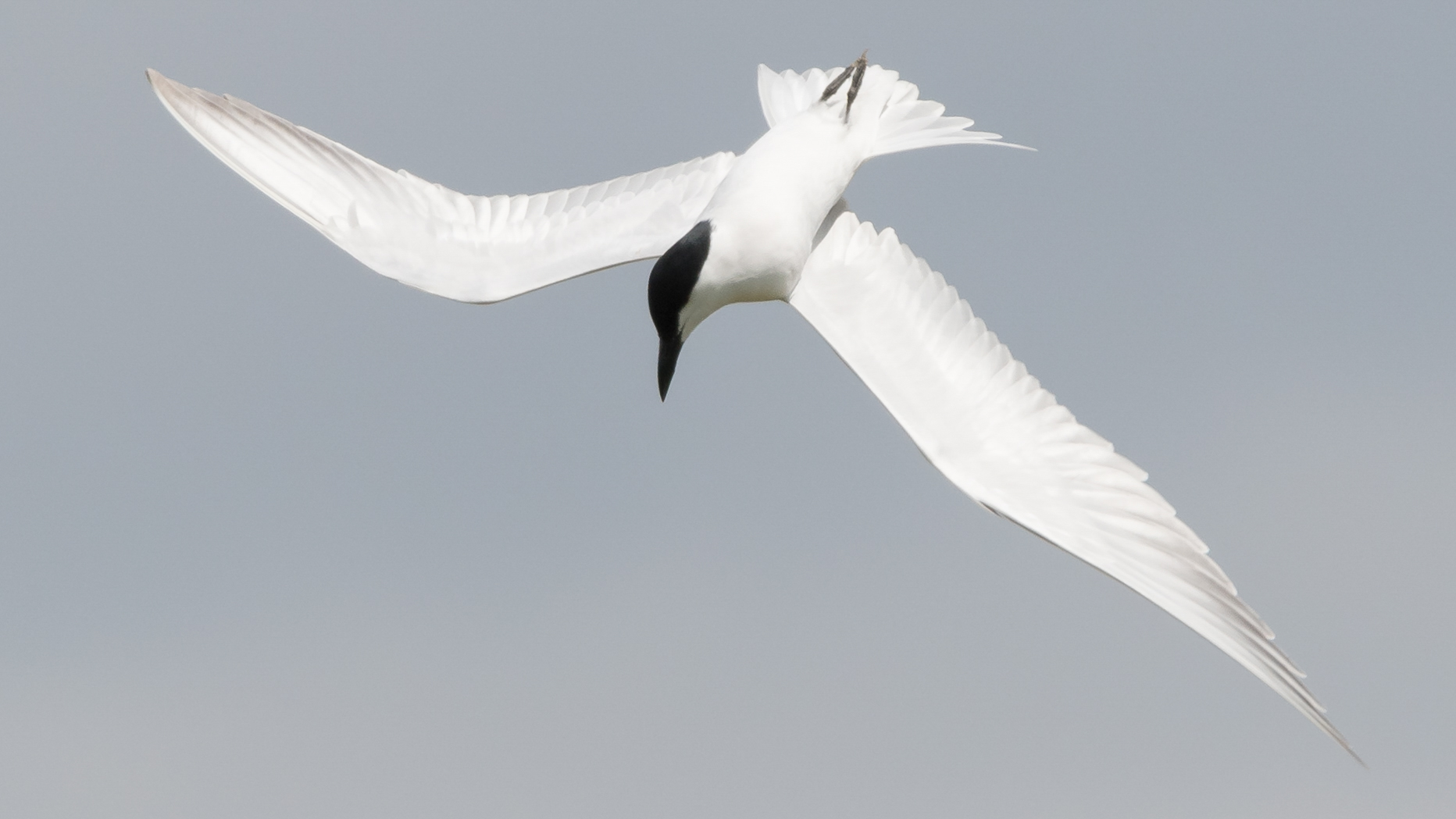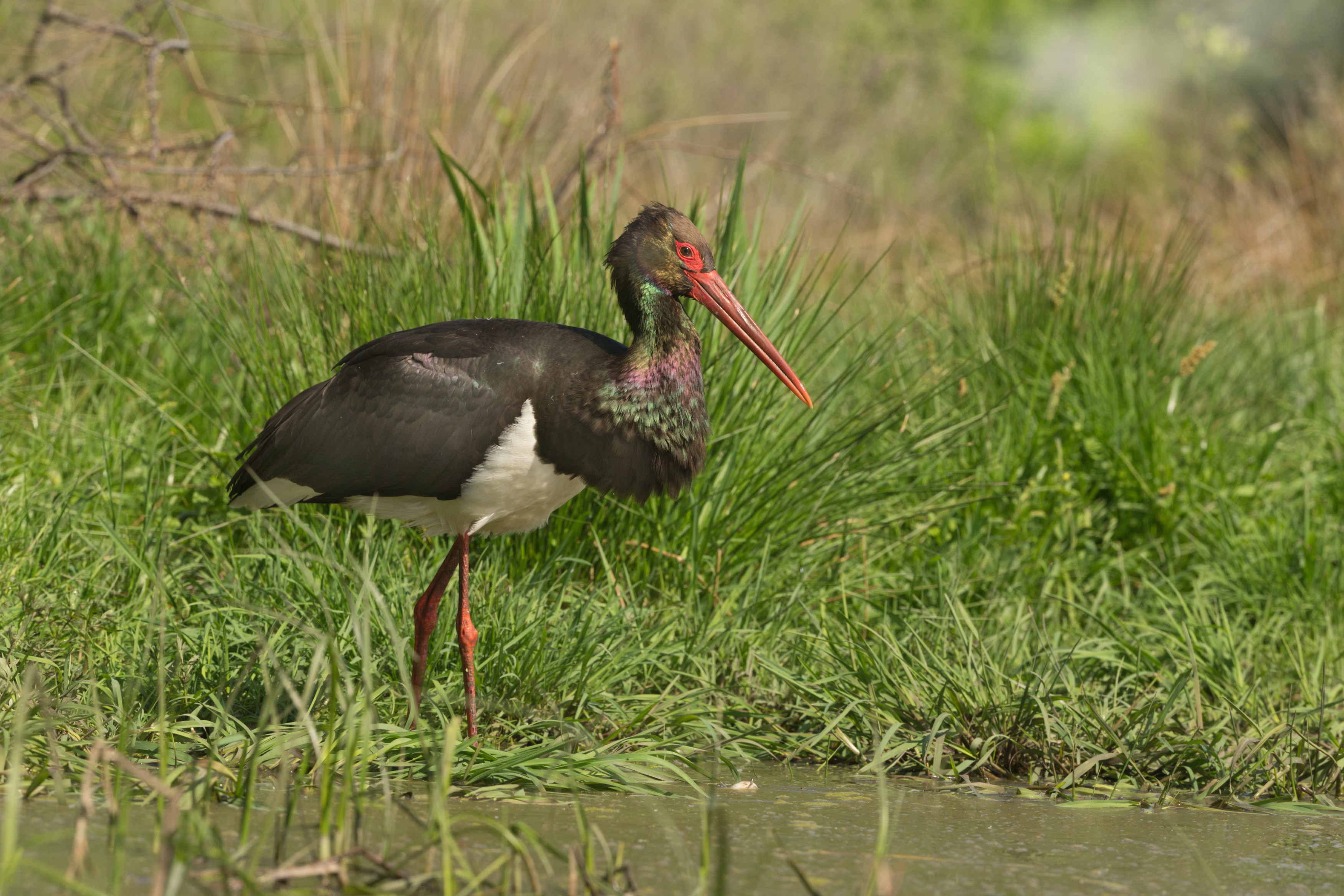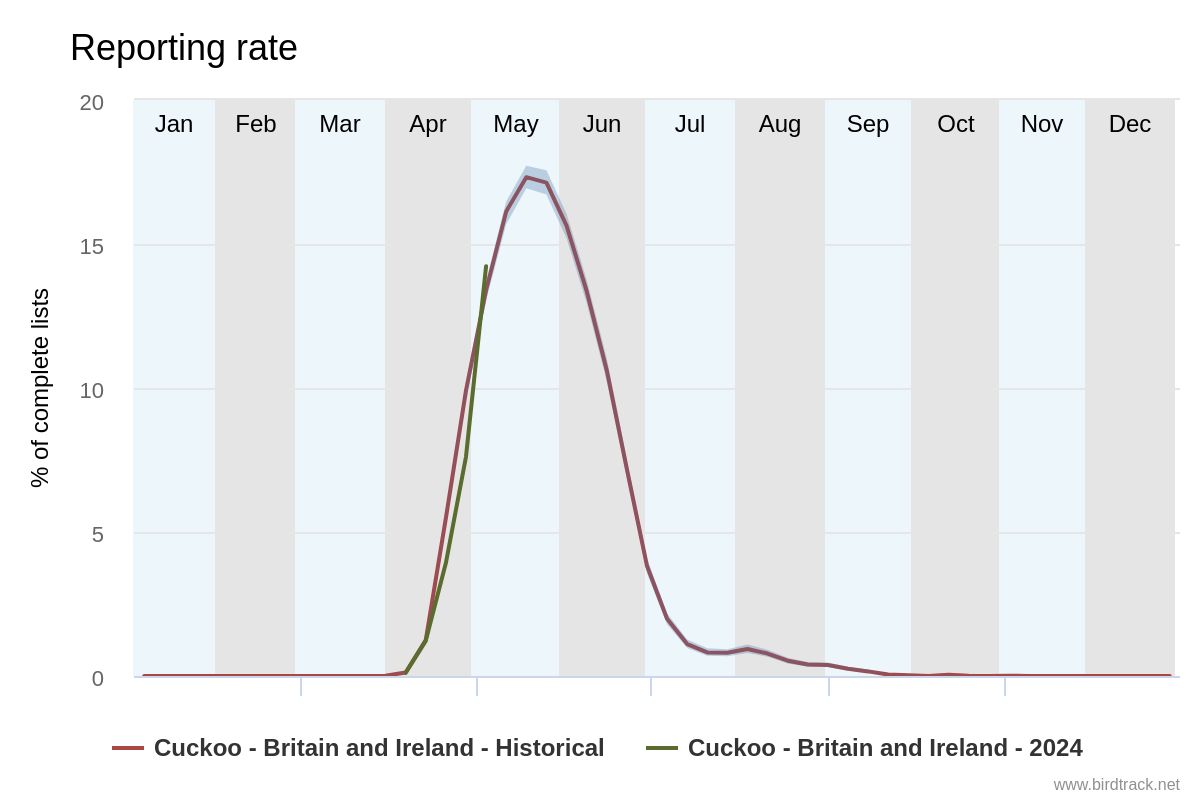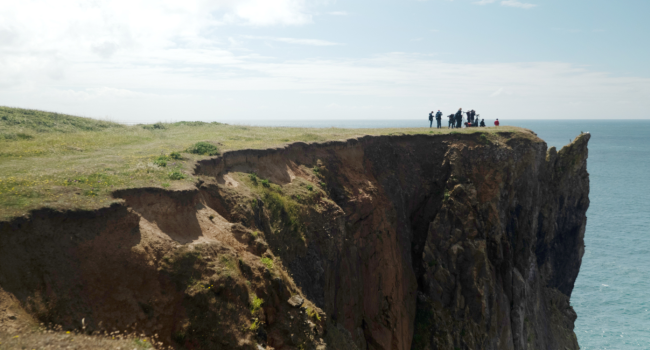
BirdTrack migration blog (10–16 May)
Be the first to commentSpring migration in the Northern Isles really did step up a gear last week and it is difficult to imagine it getting any better but they, and the east coast, could be in for more of the same this week. The long-range forecast is predicting an easterly airflow throughout the week, from as far away as Moscow at times.
During the weekend, southern Europe will be enjoying light southerly airflow out of Africa and temperatures are set to hit the low 30s. Here in central Portugal it still feels like there is a lot of migration to happen. In terms of species, most of our summer visitors have arrived but the numbers seem low. That is likely to change this week. Without doubt, some of the birds making their way north will overshoot and there is a good chance of a Western Subalpine Warbler or two and Whiskered Tern reaching the UK. Spotted Flycatchers, Quails and Nightjars should also arrive in the UK in these conditions.
It is during the week that the conditions could well produce mouth-watering rarities and it is hard to suggest what might be found, though Red-footed Falcon and Citrine Wagtail are worth looking out for. With waders on the move, check out any flocks of smaller species for Broad-billed and Terek Sandpiper. Temminck’s Stint could feature highly this week too. Black Stork and Gull-billed Tern are two other birds of eastern origin that could be found.

While most of the east of Britain enjoys an easterly airflow, Ireland will have north-westerly to westerly winds. These could well produce some excellent seawatching, and Long-tailed Skuas could move in large numbers, particularly off north-west Ireland and the Hebrides.
The early part of last week saw improving weather in the Iberian Peninsula, and with it came a huge movement of Swifts, increased numbers of Cuckoos, and Melodious Warblers. The latter could well be found in southern Britain during the early part of the week.

Clearly the east coast will be the place to be, with the Northern Isles looking likely to receive the lion’s share of migrants that are drifting in from the east. Some of these could make landfall anywhere from Kent to Shetland during the first half of the week, and from the Humber to Shetland during the latter half. Predicting any rarity is going to be difficult as anything could turn up.
However, I wouldn’t be surprised if Trumpeter Finch or Oriental Pratincole were found. A Pallas’s Sandgrouse would really set the spring on fire and, whilst it would be good to get a mainland bird, once again the Northern Isles are looking like the favourite destination, if one should indeed arrive. Whatever happens, it looks set to be another busy week.
Send us your records with BirdTrack
Help us track the departures and arrivals of migrating birds by submitting your sightings to BirdTrack.
It’s quick and easy, and signing up to BirdTrack also allows you to explore trends, reports and recent records in your area.
Find out more







Share this page